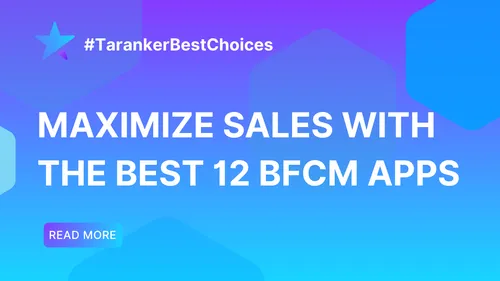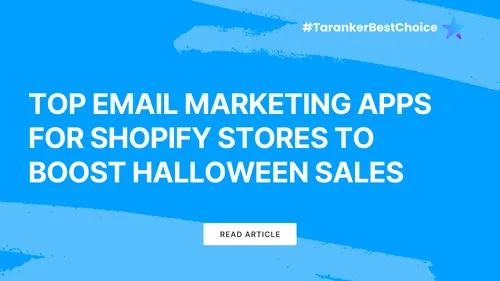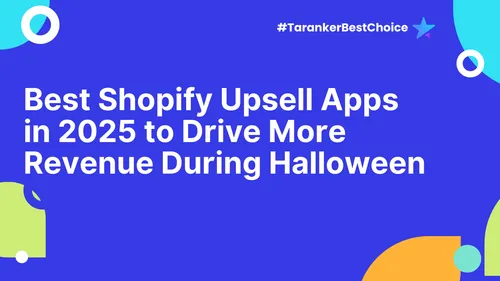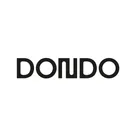Want your online store to rank higher and sell more? This 100-point ecommerce SEO checklist covers everything you need — from product page optimization to technical SEO — organized by themes and optimized for action.
| Section | Tasks | Purpose |
|---|---|---|
| 🛍️ Product Page SEO | 15 | Optimize each product page for rankings and conversions |
| 📦 Category Page SEO | 10 | Improve visibility of category and collection pages |
| 🔍 Keyword Research & SEO Strategy | 10 | Build a strong foundation with targeted keywords |
| 🖼️ Image SEO | 5 | Optimize image files for SEO and speed |
| 🧱 Technical SEO | 10 | Improve crawlability, structure, and indexation |
| ⚙️ Speed & Core Web Vitals | 10 | Boost load time and performance metrics |
| 🧩 Structured Data (Schema Markup) | 7 | Enable rich snippets for better SERP visibility |
| 📝 Content Marketing & Blog SEO | 10 | Attract organic traffic through helpful content |
| 🔗 Internal Linking & Architecture | 8 | Guide users and search engines through your site |
| 🌐 Off-page SEO & Backlinks | 10 | Increase authority through backlinks |
| 📍 Local SEO | 3 | Optimize for local visibility and foot traffic |
| 📊 Analytics & SEO Monitoring | 2 | Measure and improve SEO performance |
👉 Download this checklist as a PDF or Open it in Google Docs to start tracking your SEO progress right away!
🛍️ Product Page SEO
Make sure every product page is optimized to rank and convert. to rank and convert.
✅ 1. Use unique and keyword-rich product titles
✅ 2. Write compelling product descriptions (min 150–200 words)
✅ 3. Add focus keyword to first 100 words
✅ 4. Use descriptive and SEO-friendly URLs
✅ 5. Optimize title tags with main keyword
✅ 6. Write persuasive meta descriptions under 160 characters
✅ 7. Add high-quality product images
✅ 8. Use ALT text on every product image
✅ 9. Include product reviews and ratings
✅ 10. Add FAQs to product pages (and use FAQ schema)
✅ 11. Highlight unique selling points (USPs)
✅ 12. Add trust badges and return policy info
✅ 13. Use internal links to related products
✅ 14. Enable product sharing to social media
✅ 15. Include stock availability and shipping times
📦 Category Page SEO
Drive traffic to category and collection pages with broader keywords. with broader keywords.
✅ 16. Use broad, high-volume keywords in H1
✅ 17. Write unique SEO content block (100–300 words)
✅ 18. Optimize meta title and description
✅ 19. Add internal links to subcategories or best products
✅ 20. Avoid duplicate category content
✅ 21. Use breadcrumb navigation
✅ 22. Optimize filter URLs (avoid parameter clutter)
✅ 23. Add canonical tags for filtered pages
✅ 24. Use rich snippets for category info if applicable
✅ 25. Include FAQs on high-traffic category pages
🔍 Keyword Research & SEO Strategy
Build a strong foundation for all your SEO efforts..
✅ 26. Identify primary keyword per page
✅ 27. Research long-tail keywords with commercial intent
✅ 28. Map keywords to specific URLs (keyword mapping)
✅ 29. Group keywords by search intent
✅ 30. Use tools like Ahrefs, SEMrush, Google Keyword Planner
✅ 31. Analyze competitor keywords
✅ 32. Avoid keyword cannibalization
✅ 33. Target seasonal and trending keywords
✅ 34. Track keyword rankings weekly
✅ 35. Refresh keyword targets every 3–6 months
🖼️ Image SEO
Optimize product images for search and speed..
✅ 36. Use descriptive filenames (e.g., red-sneakers.jpg)
✅ 37. Add ALT text with keywords
✅ 38. Compress images using tools like TinyPNG or ShortPixel
✅ 39. Use WebP format if supported
✅ 40. Implement lazy loading for product images
🧱 Technical SEO
Improve site crawlability and indexation..
✅ 41. Install SSL and ensure HTTPS
✅ 42. Set preferred domain (www vs non-www)
✅ 43. Create and submit XML sitemap
✅ 44. Clean and configure robots.txt
✅ 45. Add canonical tags
✅ 46. Fix broken internal/external links
✅ 47. Use breadcrumb navigation
✅ 48. Check for duplicate content
✅ 49. Use hreflang tags for multilingual stores
✅ 50. Avoid infinite scroll or implement it with crawl-friendly JS
⚙️ Speed & Core Web Vitals
Faster sites rank better and convert more..
✅ 51. Test speed with PageSpeed Insights and GTmetrix
✅ 52. Optimize Largest Contentful Paint (LCP)
✅ 53. Improve First Input Delay (FID)
✅ 54. Reduce Cumulative Layout Shift (CLS)
✅ 55. Use browser caching
✅ 56. Minify CSS, JS, and HTML
✅ 57. Enable GZIP compression
✅ 58. Defer offscreen images
✅ 59. Use a Content Delivery Network (CDN)
✅ 60. Remove unused third-party scripts
🧩 Structured Data (Schema Markup)
Get rich snippets to increase click-through rates..
✅ 61. Add Product schema to all product pages
✅ 62. Use Review schema for ratings
✅ 63. Add Offer schema (price, availability)
✅ 64. Include FAQ schema where appropriate
✅ 65. Add Breadcrumb schema
✅ 66. Validate schema using Rich Results Test
✅ 67. Monitor structured data in Google Search Console
📝 Content Marketing & Blog SEO
Drive organic traffic with helpful content..
✅ 68. Create a blog with helpful, informative content
✅ 69. Target informational keywords (e.g. how, best, vs)
✅ 70. Link blog posts to product and category pages
✅ 71. Use H1, H2, H3 tags properly
✅ 72. Add schema markup to blog posts (FAQ, HowTo)
✅ 73. Use original images or infographics
✅ 74. Include internal CTAs to shop pages
✅ 75. Answer "People Also Ask" questions
✅ 76. Publish consistently (weekly/monthly)
✅ 77. Share blog content on social channels
🔗 Internal Linking & Architecture
Boost SEO and UX with better navigation..
✅ 78. Link homepage to top categories and collections
✅ 79. Add internal links from product pages to related items
✅ 80. Use keyword-rich, natural anchor text
✅ 81. Link blog content to relevant products
✅ 82. Use breadcrumbs across all pages
✅ 83. Avoid orphan pages (ensure all pages are linked)
✅ 84. Keep important pages within 3 clicks from homepage
✅ 85. Update links when product URLs change
🌐 Off-page SEO & Backlinks
Gain authority and traffic from other websites..
✅ 86. Submit your site to relevant business directories
✅ 87. Pitch bloggers for product reviews
✅ 88. Get listed in roundup posts and gift guides
✅ 89. Collaborate with influencers for backlinks
✅ 90. Build relationships for guest posting opportunities
✅ 91. Set up affiliate marketing partnerships
✅ 92. Monitor and disavow bad backlinks
✅ 93. Track backlinks using Ahrefs or SEMrush
✅ 94. Encourage happy customers to blog or post about you
✅ 95. Reclaim unlinked brand mentions
📍 Local SEO
For ecommerce stores with physical locations or local targeting..
✅ 96. Create and optimize your Google Business Profile
✅ 97. Add local schema and store locator pages
✅ 98. Use consistent NAP (name, address, phone) across the web
📊 Analytics & SEO Monitoring
Track, measure, and improve your efforts..
✅ 99. Set up GA4 and connect to Google Search Console
✅ 100. Track SEO performance monthly (rankings, CTR, traffic, conversions)
🚀 Final Thoughts
SEO for ecommerce is a marathon, not a sprint. Use this checklist to identify gaps, take action, and scale your organic growth. Prioritize product pages and keyword strategy first, then expand to technical and off-page efforts.
👉 Download this checklist as a PDF or Open it in Google Docs to start tracking your SEO progress right away!












